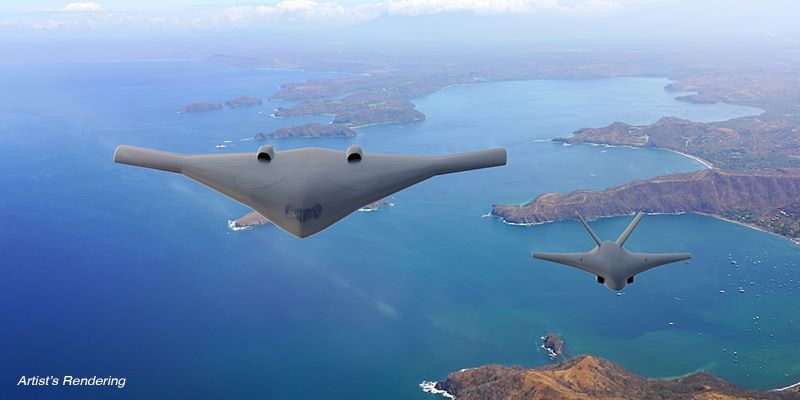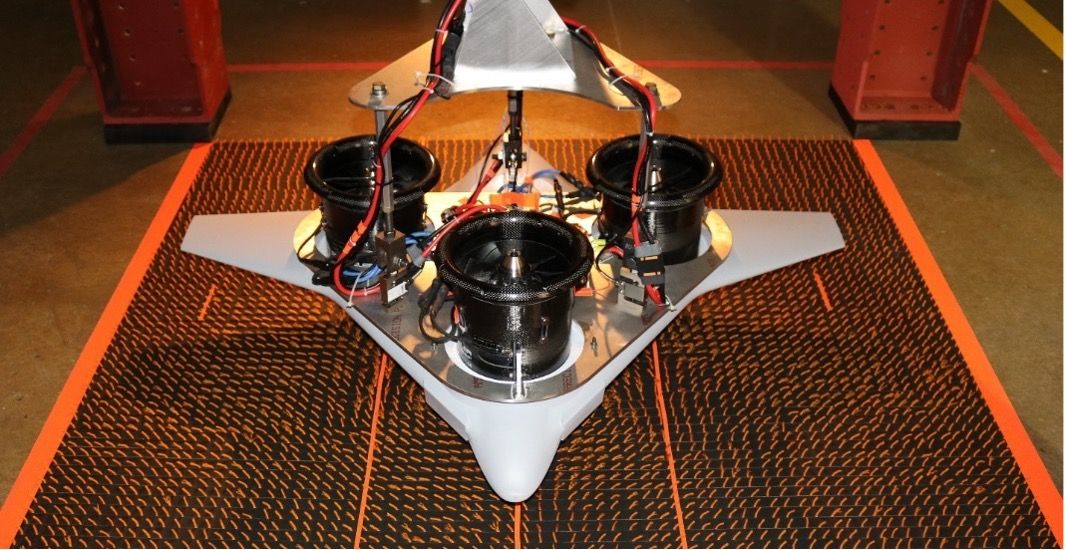Aurora Flight Sciences has revealed more details and images of the X-plane it is building for the USA’s Defense Advanced Research Projects Agency.
Aurora is developing an X-plane that combines vertical take-off and landing (VTOL) capability with top speeds of over 520mph (840km/h).
Currently in the design phase, the aircraft uses a blended-wing-body (BWB) and fan-in-wing (FIW) propulsion to provide high speed and be able to land and take-off independently of runways.
The released renderings of the X-plane show that the aircraft will be scalable to produce different-sized aircraft for use in applications such as airborne logistics and personnel recovery missions in locations without a prepared runway. Aurora said a manned, 130ft (40m) wingspan aircraft with four lift fans and 40ft (12m) payload bay would be possible.
A preliminary design review of the X-plane is scheduled for next April, with flight testing planned for 2027.
The uncrewed demonstrator will have a 45ft (14m) wingspan and the capacity to carry 1,000 lbs (450kg). The propulsion system includes off-the-shelf turbofan and turboshaft engines.

The work is part of the Defense Advanced Research Projects Agency (DARPA) Speed and Runway Independent Technologies (SPRINT) program.
Mike Caimona, president and CEO of Aurora Flight Sciences said, “The SPRINT program offers the opportunity to deliver a game-changing capability to the warfighter. High speed, stealth, runway-independent transport could help keep warfighters safe and effective in contested environments, so no domain is out of reach for our US military.”
Earlier this year, the Aurora team completed the first of three major tests scheduled to validate the feasibility of the FIW technology. The ground effect test, conducted using a 4.6ft (1.4m) wingspan model with three lift fans, showed that suck down effects created by the lift fans in hover were negligible and that the landing gear is set to the appropriate height to minimize adverse pitching moments from forming during ground operations.

Wind tunnel tests planned for late 2024 and early 2025 include a stability and control test using a 9ft (3m) full wingspan aircraft model and a 5.25ft (1.6m) semi-span embedded lift fan test to model aerodynamic effects.





